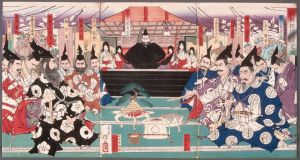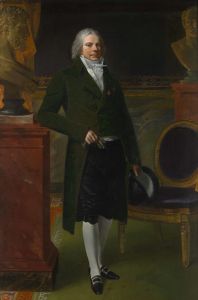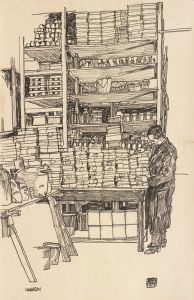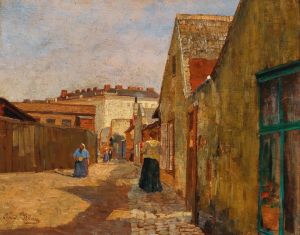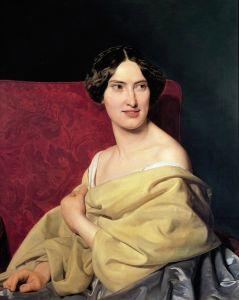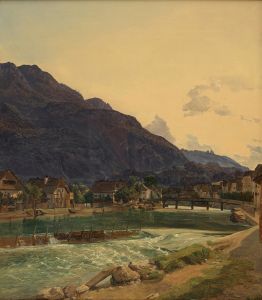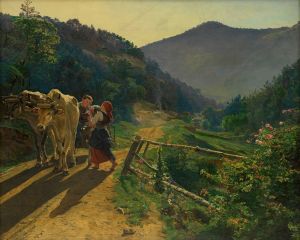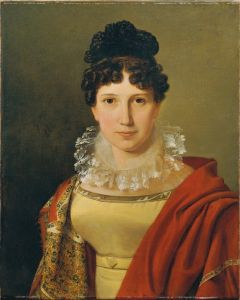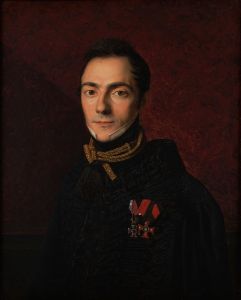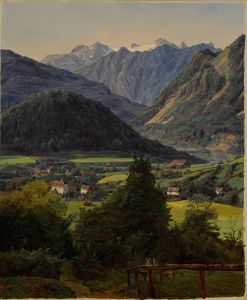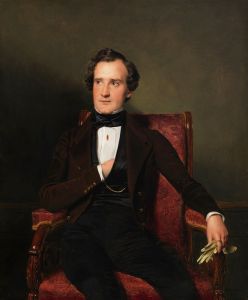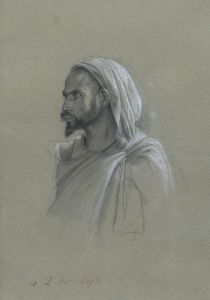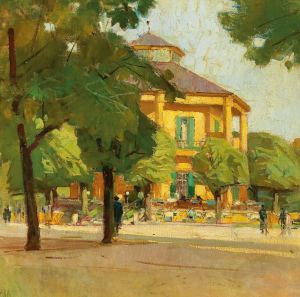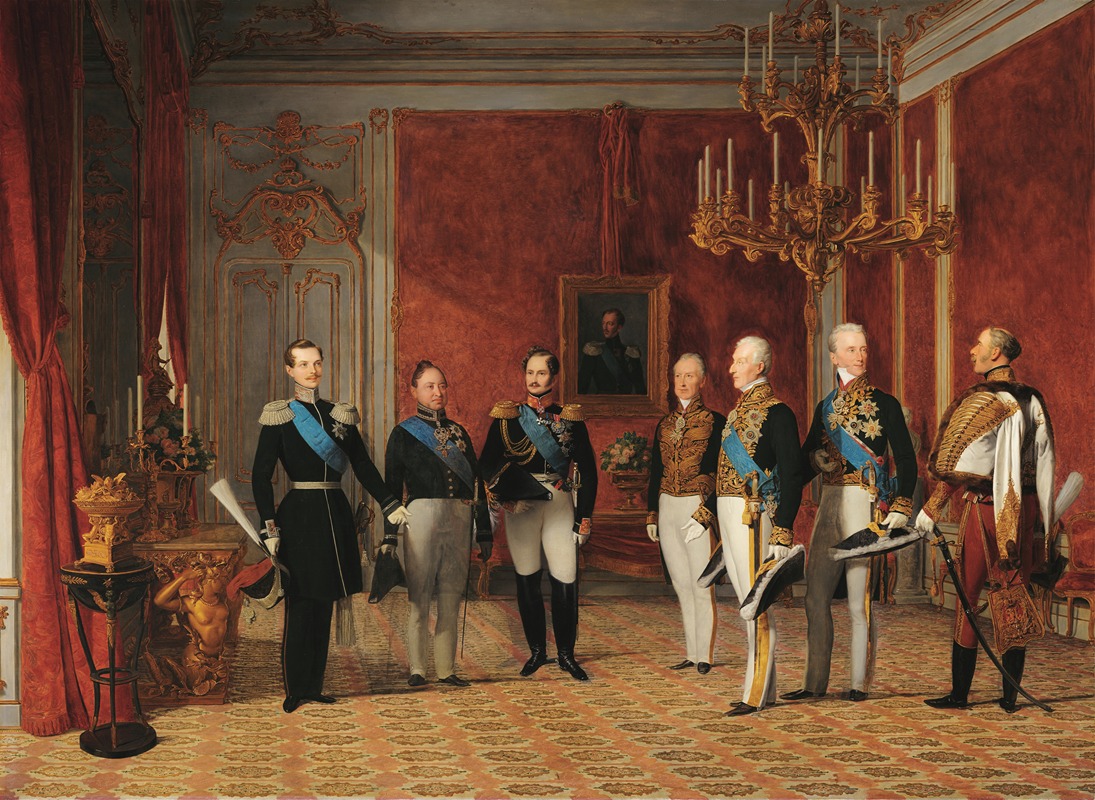
Reception of Grand Duke Alexander Nikolayevich by Prince Metternich in the Vienna Hofburg in 1839
A hand-painted replica of Ferdinand Georg Waldmüller’s masterpiece Reception of Grand Duke Alexander Nikolayevich by Prince Metternich in the Vienna Hofburg in 1839, meticulously crafted by professional artists to capture the true essence of the original. Each piece is created with museum-quality canvas and rare mineral pigments, carefully painted by experienced artists with delicate brushstrokes and rich, layered colors to perfectly recreate the texture of the original artwork. Unlike machine-printed reproductions, this hand-painted version brings the painting to life, infused with the artist’s emotions and skill in every stroke. Whether for personal collection or home decoration, it instantly elevates the artistic atmosphere of any space.
"Reception of Grand Duke Alexander Nikolayevich by Prince Metternich in the Vienna Hofburg in 1839" is a painting by Austrian artist Ferdinand Georg Waldmüller, a prominent figure in the Biedermeier period of art. The painting depicts a historical event that took place in 1839, when Grand Duke Alexander Nikolayevich of Russia, who would later become Tsar Alexander II, was received by Austrian statesman Prince Klemens Wenzel von Metternich at the Hofburg Palace in Vienna.
The artwork captures the grandeur and formality of 19th-century European diplomacy, showcasing the opulence of the Hofburg Palace and the ceremonial nature of such high-profile meetings. Waldmüller, known for his meticulous attention to detail and ability to render realistic textures and lighting, portrays the figures and setting with remarkable precision. The painting reflects the artist's skill in combining portraiture with historical narrative, a hallmark of his work during this period.
The meeting between Grand Duke Alexander and Prince Metternich occurred during a time of significant political and social change in Europe. Metternich, a key architect of the post-Napoleonic European order, was a central figure in maintaining the balance of power through diplomacy. Alexander, as heir to the Russian throne, represented one of the major powers in this delicate balance. The painting thus serves as a visual document of the interactions between two influential figures of the era.
Waldmüller's choice to depict this event aligns with his interest in capturing moments of historical and cultural significance. The painting is also notable for its composition, with the figures arranged in a way that emphasizes the hierarchical and formal nature of the encounter. The use of light and shadow enhances the sense of depth and draws attention to the central figures, highlighting their importance within the scene.
Today, "Reception of Grand Duke Alexander Nikolayevich by Prince Metternich in the Vienna Hofburg in 1839" is recognized as an important example of Waldmüller's historical works. It provides insight into the artistic and political climate of the time, as well as the role of art in documenting and commemorating significant events. The painting is held in a collection that preserves Waldmüller's legacy, though specific details about its current location or exhibition status may vary.





